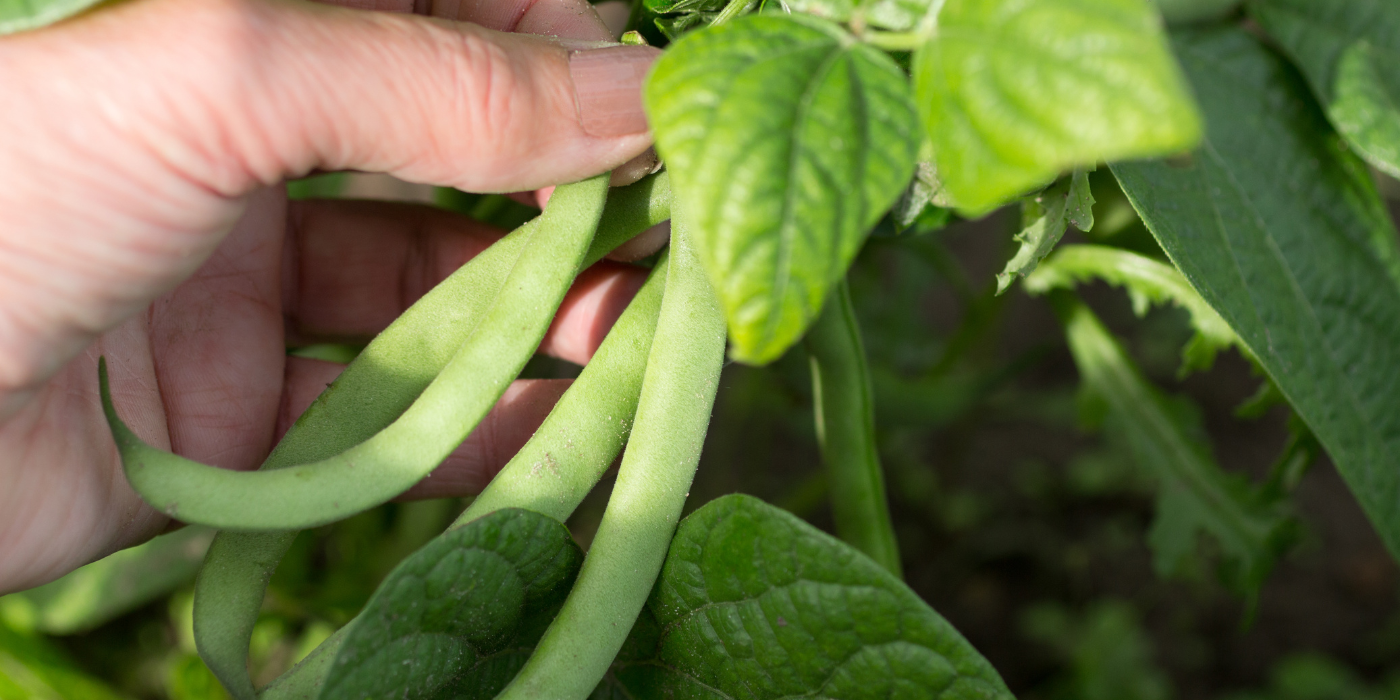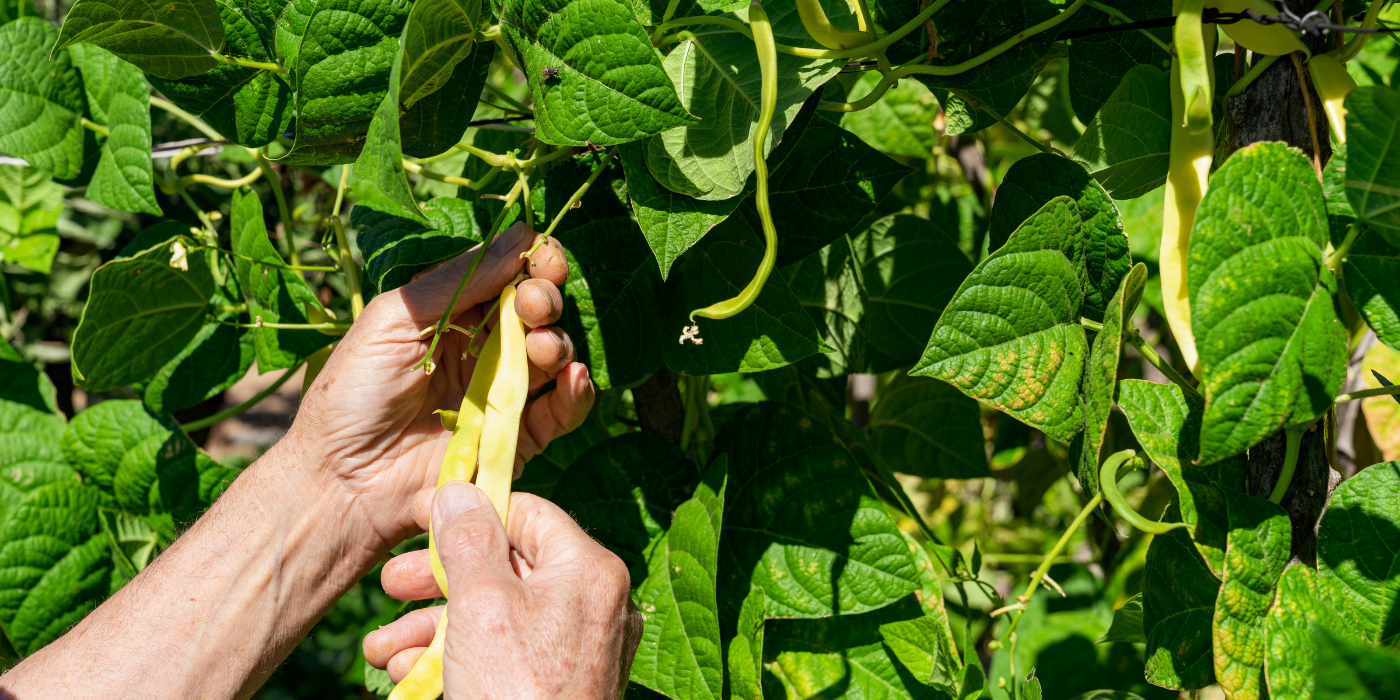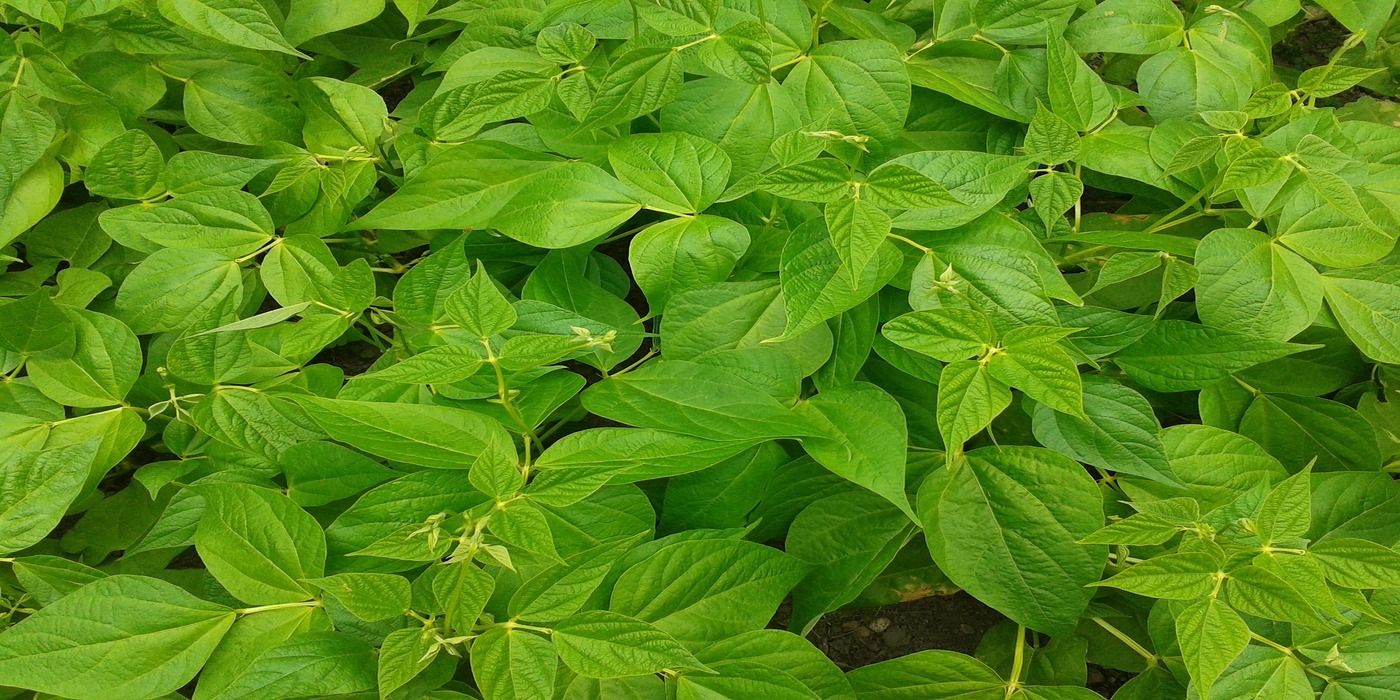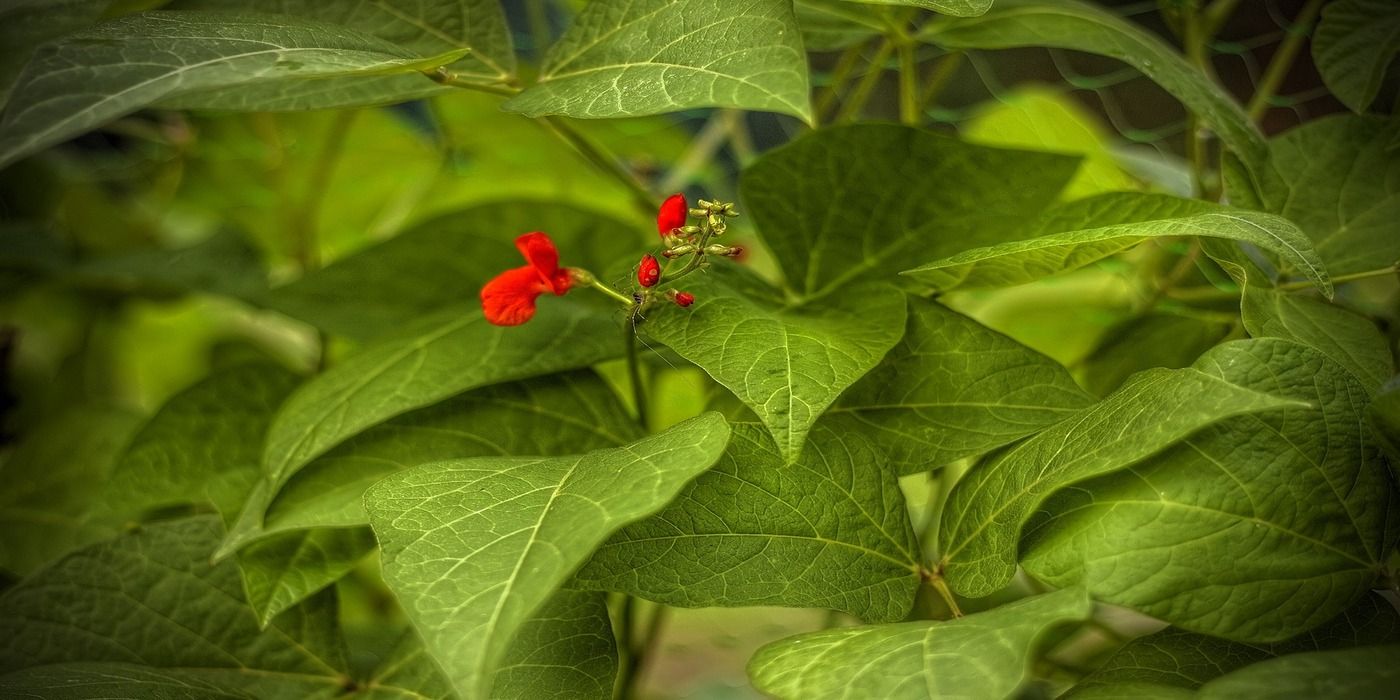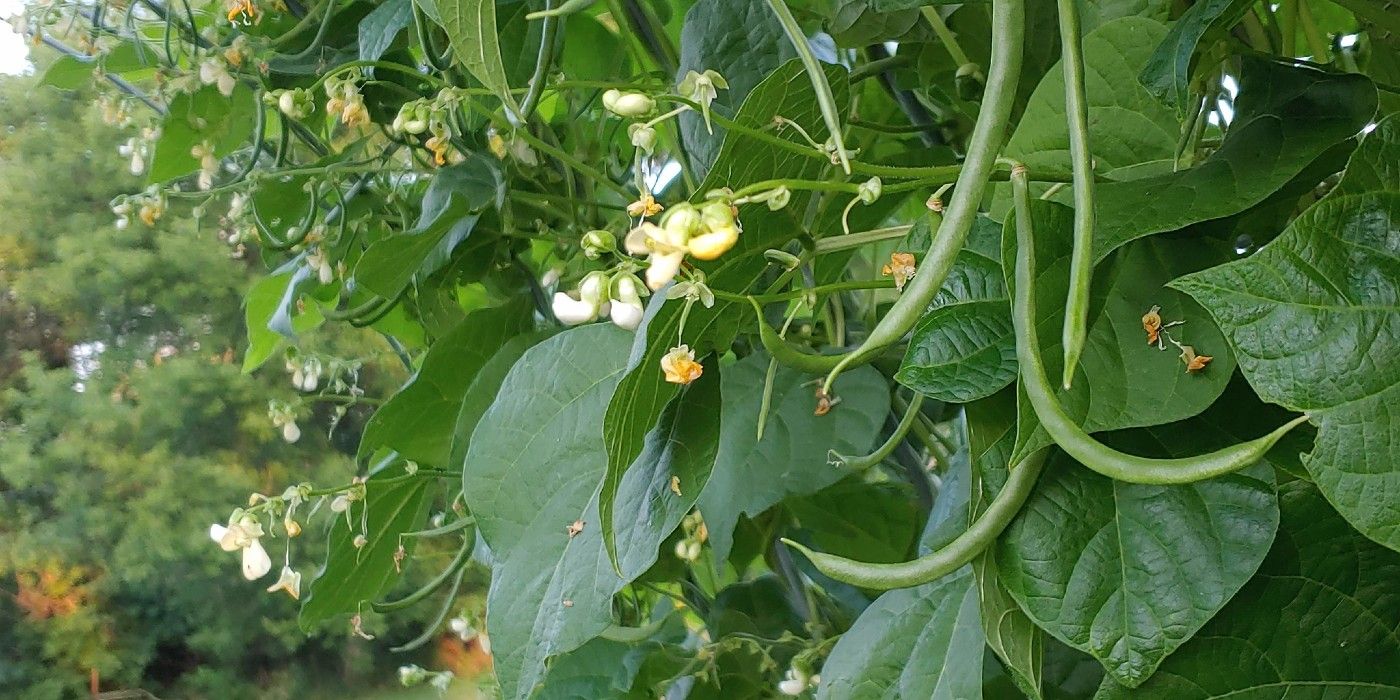
Grow These 5 Garden Beans This Summer
Growing beans is a rewarding experience both for you and for your backyard garden. Garden beans are a rich source of protein, fiber, vitamins (such as B vitamins), and minerals (including iron, magnesium, and potassium). They are a healthy addition to your diet and can help reduce the risk of chronic diseases. However, besides revamping your dinner plant with nutrients, summer beans fix nitrogen in the soil, improving soil fertility and making it suitable for future plants. They are also relatively easy to grow and require minimal maintenance.
But what are the different types of beans to grow in your garden this summer?
1. Lima Beans are Tolerant to Heat
Grow lima beans for a quick harvest
Lima beans are a great option to introduce to your garden this summer. They thrive in sunny conditions (six to eight hours of direct sunlight per day), making them the most suitable bean plants to grow at the onset of summer. You should plant lima beans after the last frost date when the soil temperature is consistently above 65 degrees Fahrenheit. Lima beans grow about 2 feet tall.
- According to the University of Delaware Extension, lima beans, especially Fordhood 242, are heat-tolerant and will produce yields normally at temperatures above 110 degrees Fahrenheit.
- The good thing about lima beans is that they mature quickly (they are ready to harvest 60 to 90 days after planting).
The lima bean variety produces several garden beans that you can introduce to your backyard.
|
Lima Bean Varieties |
Details |
|---|---|
|
Fordhook 242 |
A bush variety that is heat-tolerant and produces large, creamy beans that are excellent fresh or dried. |
|
King of the Garden |
The King of the Garden is a pole variety that is known for its vigorous growth and produces large and flavorful beans. |
|
Willow Leaf Lima Beans |
Willow leaf lima beans are small summer beans that are hardy and drought-resistant. They have unique willow-shaped leaves (hence their name). |
You should grow lima beans in soil that is consistently moist but not soggy. Too much moisture can lead to root rot and crop failure.
2. Wax Beans are Known for Sweet Flavor
Wax beans are easy-to-care garden beans
Wax beans are a type of bush bean characterized by their yellow pods. They are similar to green beans in terms of growing requirements and culinary uses, but offer a different color and slightly sweeter flavor. Besides the sweet taste, wax beans are also loaded with nutrients such as potassium, calcium, and vitamins, making them a perfect option to plant this summer. Most wax beans grow up to 18 inches tall.
- Wax bean plants are warm-season beans that grow well when temperatures reach at least 60 degrees Fahrenheit and when they receive six hours of sunlight per day.
- Your wax beans are ready to harvest about 60 days after planting.
There are different types of beans in this category that you can grow in your garden this summer.
|
Wax Bean Varieties |
Details |
|---|---|
|
Gold Rush |
Gold Rush wax beans are known for their bright yellow color, crisp texture, and resistance to diseases. |
|
Rocdor |
Rocdor wax beans have a sweet flavor and produce high yields of straight, golden pods. |
|
Cherokee Wax |
Cherokee wax garden beans have tender ponds and have a bushy growing habit. |
|
Golden Butterwax |
Golden butterwax beans are prized for their buttery flavor and smooth texture. |
Wax beans grow well in summer garden soil that has been amended with compost or aged manure to enhance soil fertility and drainage.
3. Specialty Beans are Rich in Flavor
Transform your dishes with flavorful bean varieties
Are you looking for something to add a rich flavor to your diet this summer? Specialty beans are garden beans that grow well in summer, producing flavorful beans that can revamp your diet. Specialty beans often have unique nutritional profiles, offering high protein, fiber, vitamins, and minerals. Most specialty beans grow up to 30 inches tall.
- Specialty beans are summer beans that perform well in warm temperatures above 60 degrees Fahrenheit and when they get six hours of bright sunlight per day.
- Most specialty beans can take up to 150 days to harvest.
If you are interested in growing beans, there are several specialty varieties to consider.
|
Specialty Bean Varieties |
Details |
|---|---|
|
Yardlong Beans |
Also known as asparagus beans, these produce extremely long pods that are best picked young and tender. |
|
Dragon Tongue |
Dragon tongue beans are a bush variety with beautiful purple streaks on their yellow pods. They are tender and flavorful compared to other specialty beans. |
|
Tongues of Fire Beans |
These beans have a striking red color, cream specks and a creamy texture. They are mainly used for stews and soups. |
|
Black Turtle Beans |
Black turtle beans are small, shiny, rich in flavor, and very popular in Latin American cuisine. |
4. Bush Beans Don't Require Staking
Bush beans are a good companion plant for your summer garden
Bush beans are garden beans that grow in a compact, bushy form, which means they don't require any staking. They are easy-to-grow summer beans that will perform well in your garden despite the high summer temperatures. Growing beans such as bush beans is a rewarding gardening experience because they are ready to harvest 50 to 60 days after planting.
Most bush beans grow up to 18 inches tall.
- Bush beans are warm-season crops and should be planted after the danger of frost has passed, and the outdoor temperature is at least 60 degrees Fahrenheit.
- They should receive six hours of sunlight per day.
Bush bean plants are available in multiple varieties that you can quickly grow without any assistance.
|
Bush Bean Varieties |
Details |
|---|---|
|
Provider |
Known for their reliability and high yield, provider bush beans are disease-resistant and produce straight, stringless pods. |
|
Blue Lake 274 |
Blue Lake 247 is highly preferred for its tender ponds and excellent flavor. It is a great option for canning, freezing, and fresh eating. |
|
Contender |
Contender beans are perfect for summer gardens because they mature early and will be ready to harvest before the first frost. |
5Grow High-Yielding Pole Beans
Pole summer beans can grow up to 12 feet tall
Pole beans are a type of climbing bean that grows tall and requires some form of support, such as poles, trellises, or fences, to grow properly. Unlike bush beans, which grow in a more compact, bushy form, pole beans produce long vines that can reach heights of 6 to 12 feet or more. They are high-yielding garden beans that grow well in summer conditions.
- You should grow beans, especially pole beans, when the danger of the first frost has passed and the outdoor temperature is above 60 degrees Fahrenheit.
- They must also get six hours of sunlight per day.
- Pole beans are ready to harvest about 70 days after planting.
Pole beans are available in multiple varieties that are adaptable to different soil conditions.
|
Pole Bean Varieties |
Details |
|---|---|
|
Kentucky Wonder |
Kentucky Wonder beans are rich in flavor, have tender pods, and grow with a vigorous climbing vein. |
|
Scarlet Runner |
Known for its beautiful red flowers, Scarlet Runner beans are not only ornamental but also produce large, tasty beans. It has beautiful red flowers and large beans. |
|
Blue Lake |
Blue Lake is a pole version of the bush variety that is highly known for its great flavor. |
Pole garden beans are good companion crops that can be grown alongside fruit and landscaping trees, where they can find climbing support.
News in the same category


The husband slapped his wife in front of his friends to show off — but her act of revenge left everyone shocked and speechless

10 Clever Ways to Reuse Lemon Seeds at Home
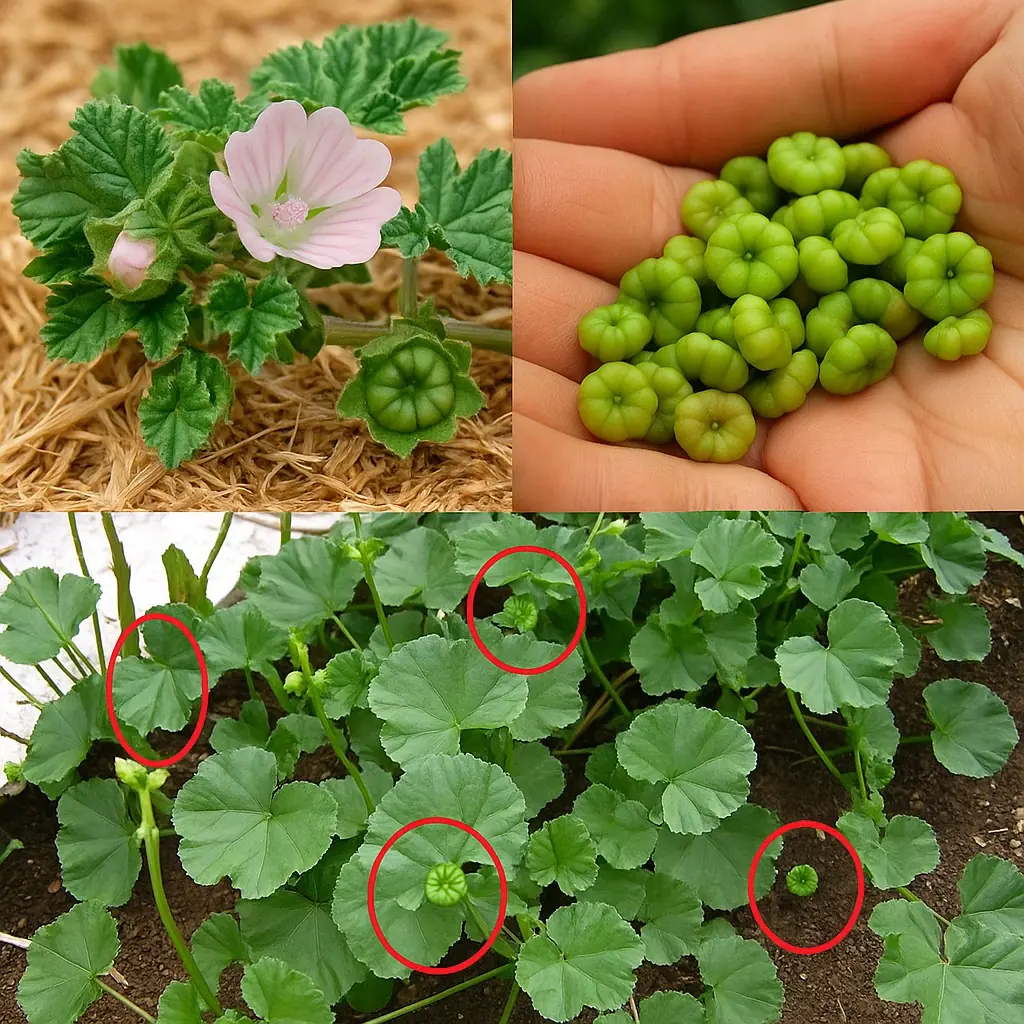
Unlocking the Secret Health Benefits of Common Mallow: Nature’s Wonder Herb for Wellness
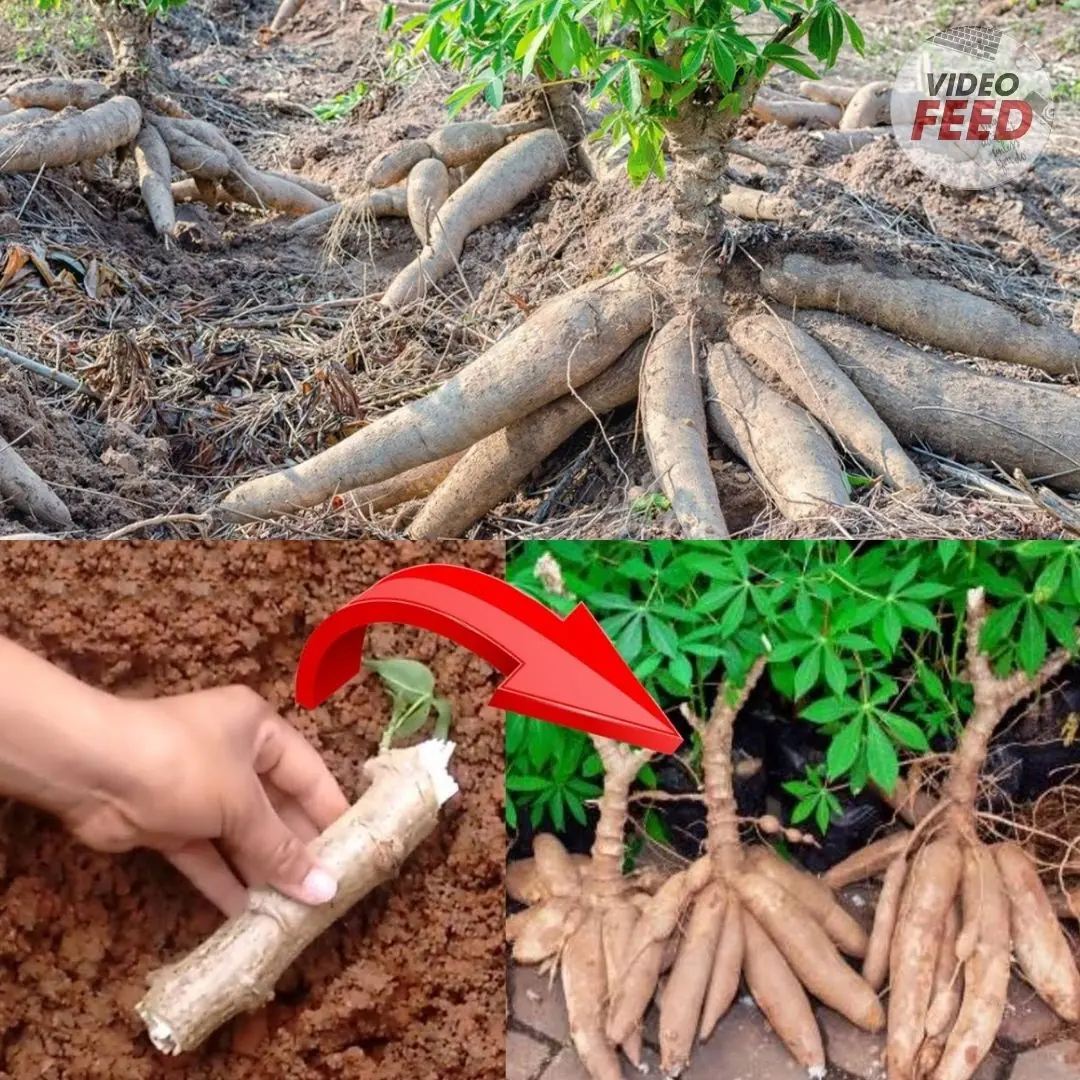
Essential Knowledge for Growing Cassava Successfully
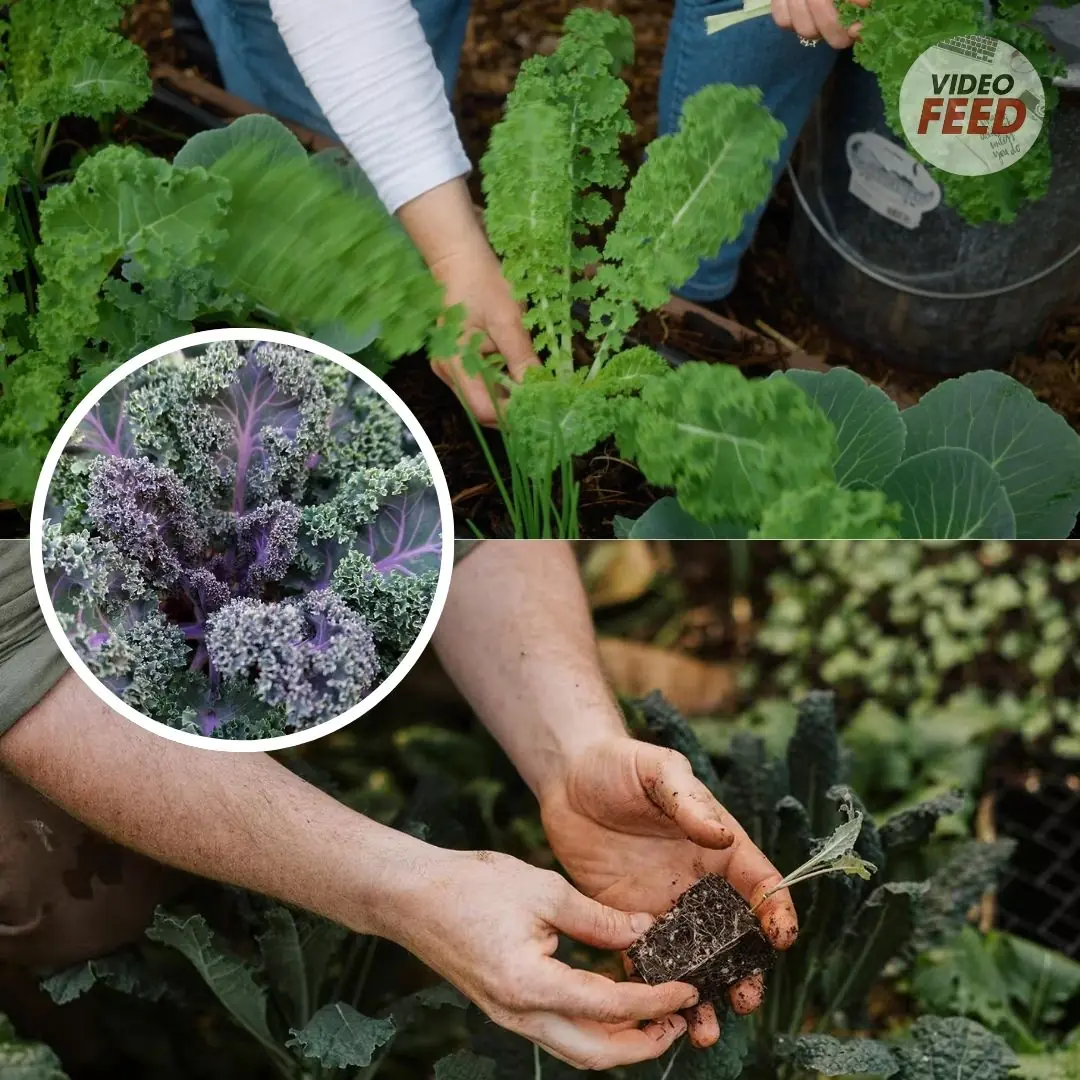
Growing Kale: Planting, Care, and Harvesting Tips
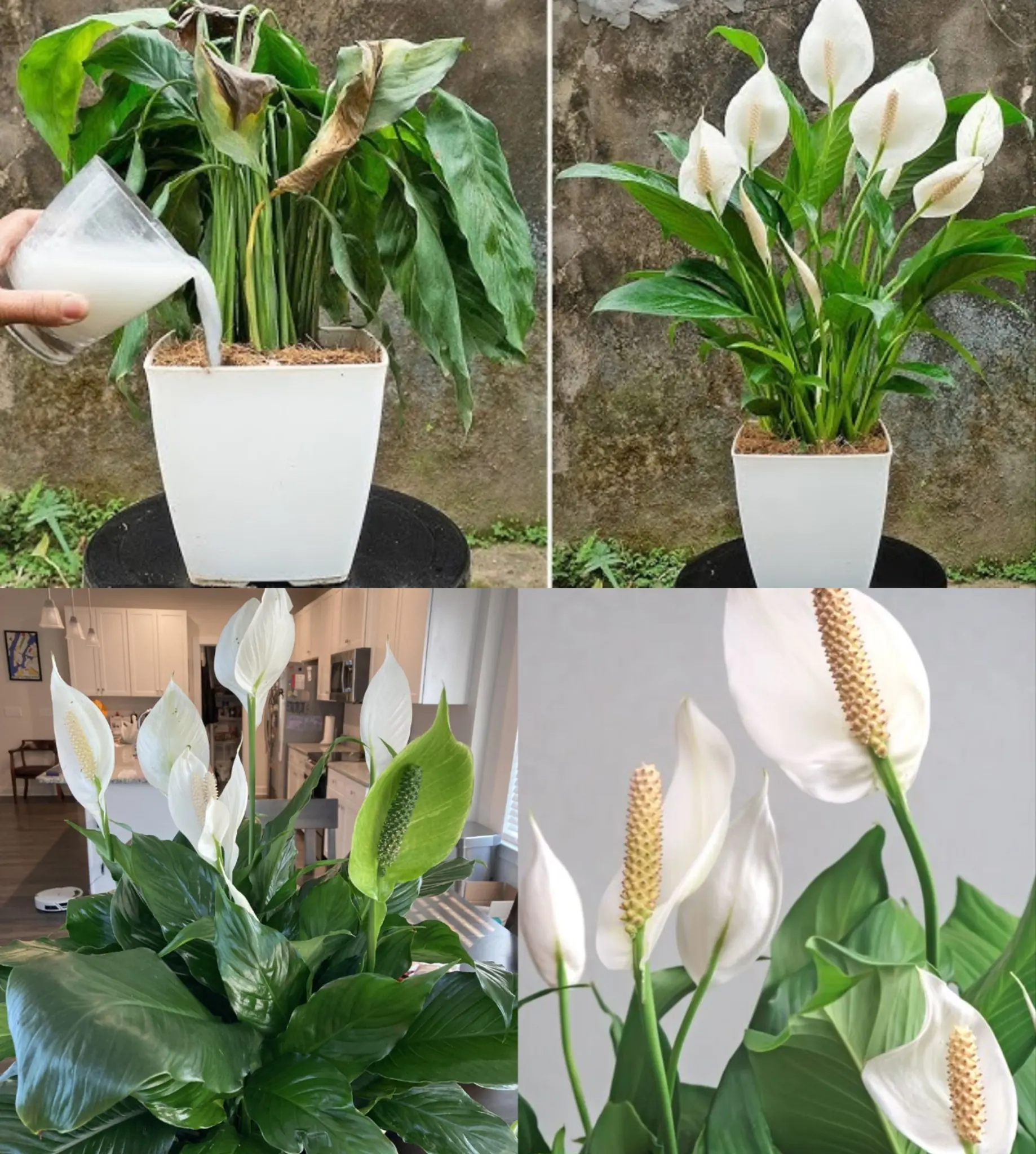
Just 1 Cup Makes Peace Lilies Bloom with So Many Flowers
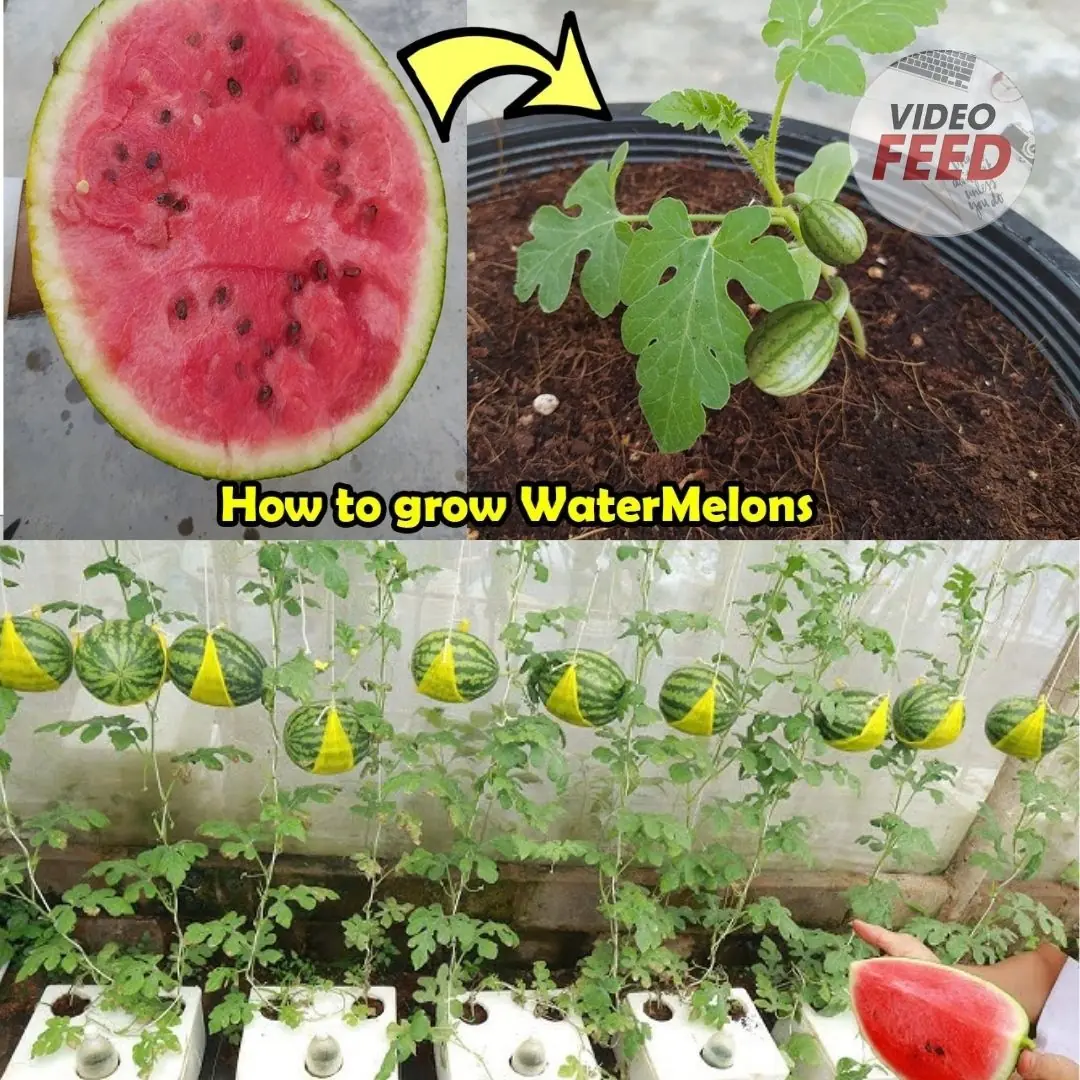
How to Grow Watermelons at Home: A Guide for Small Spaces & Balconies
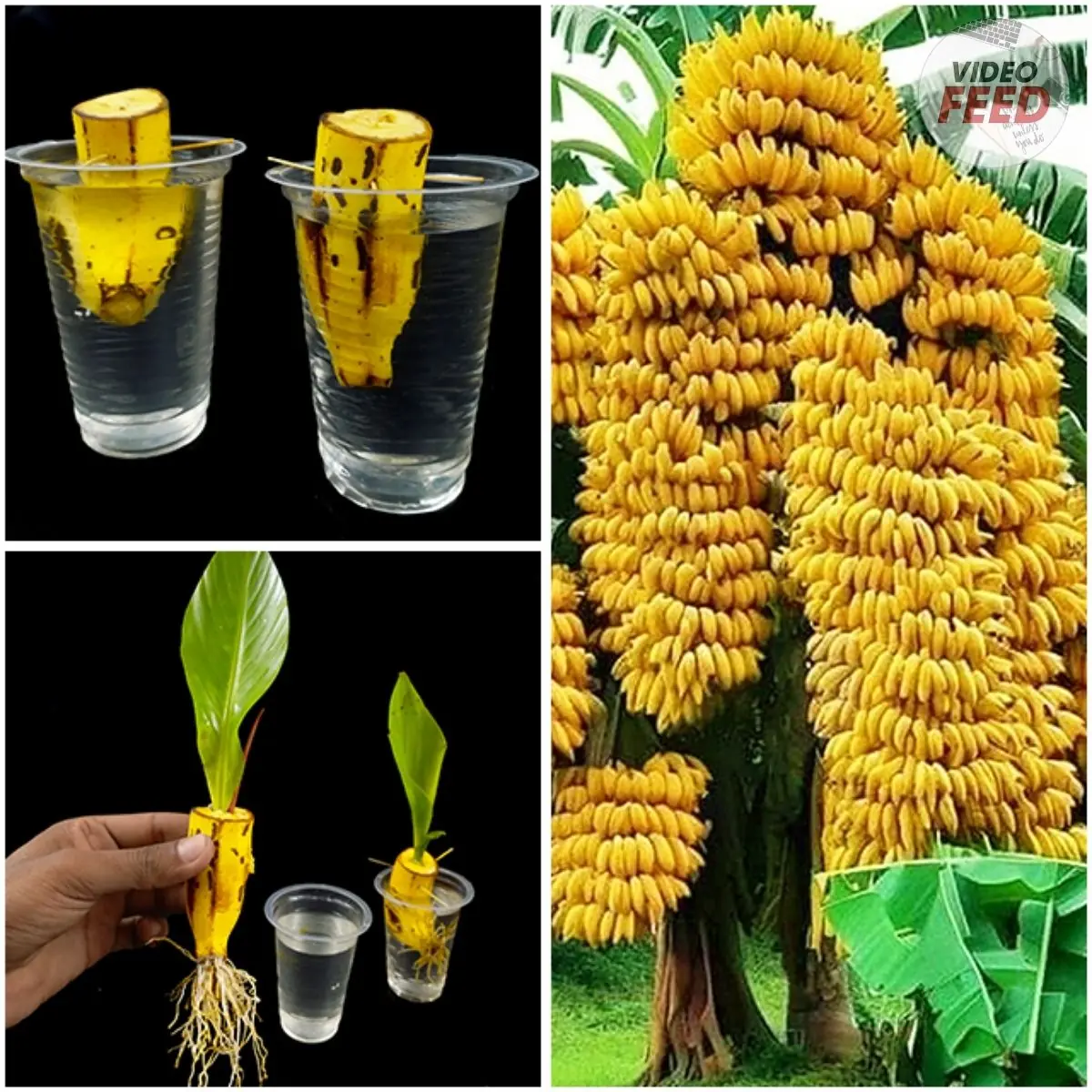
How to Grow a Banana Tree at Home and Never Buy Bananas Again
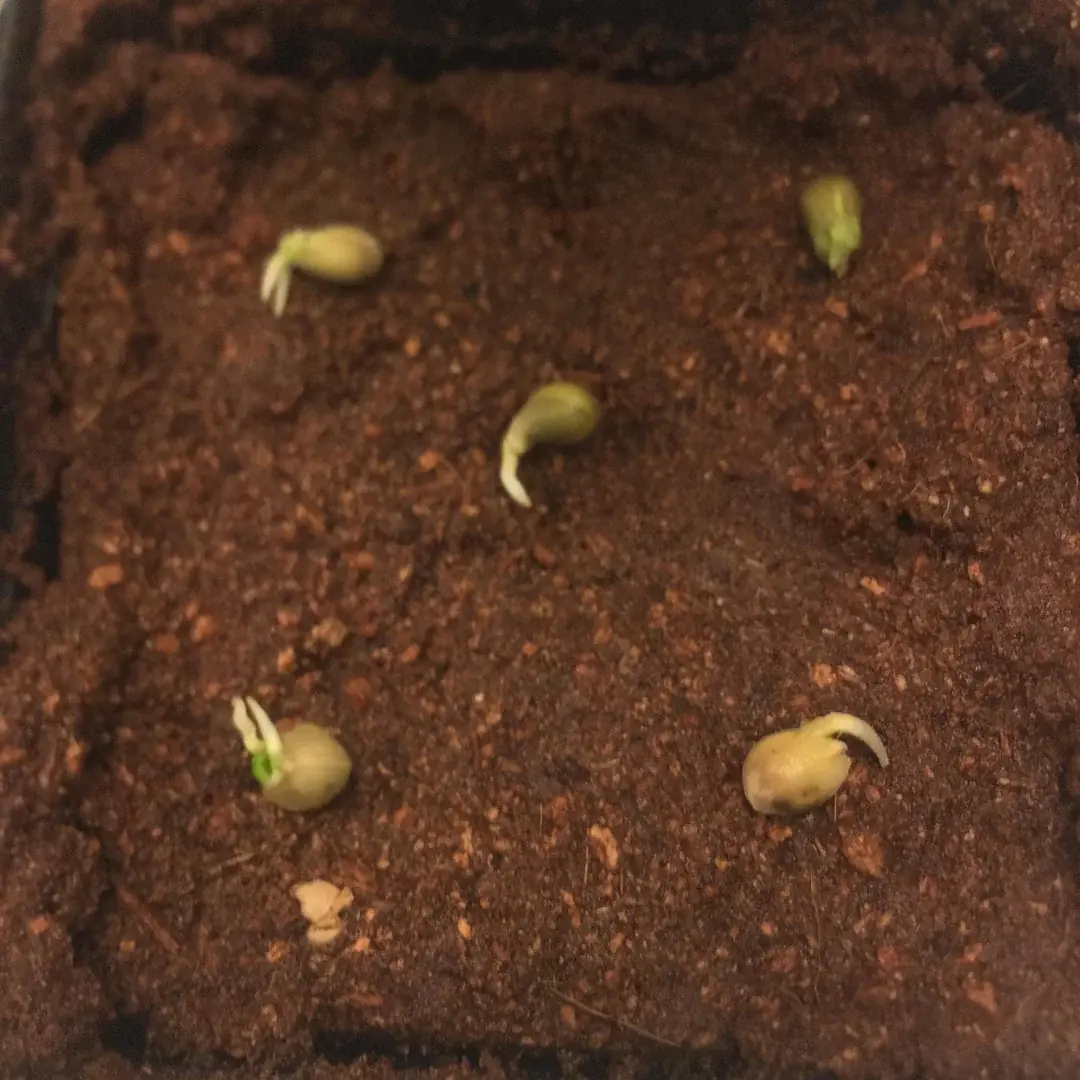
Here’s How to Grow Calamansi at Home — No Farm Needed

How to grow tulips indoors – a step-by-step guide to forcing these beautiful bulbs
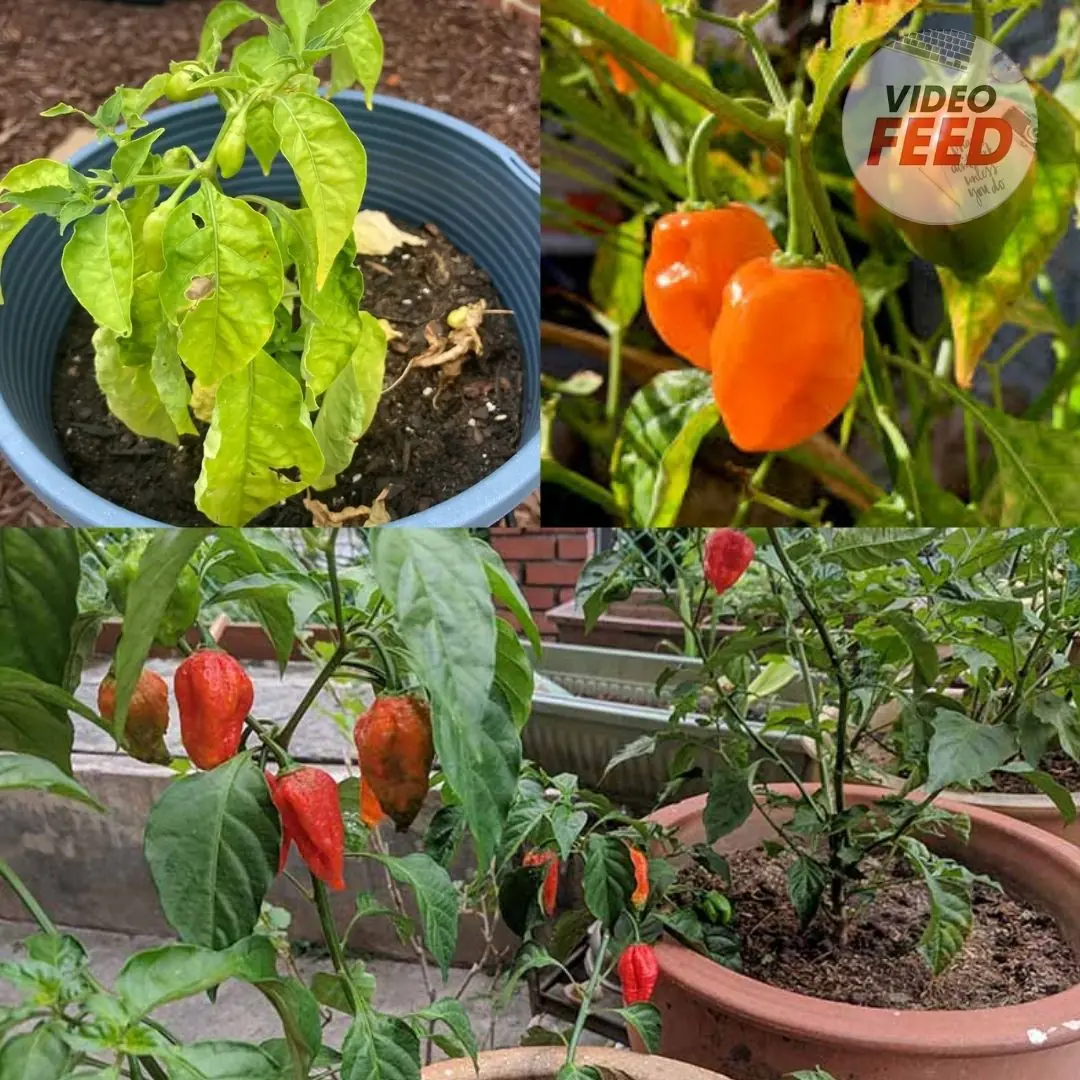
How to Grow Habanero Peppers in Pots
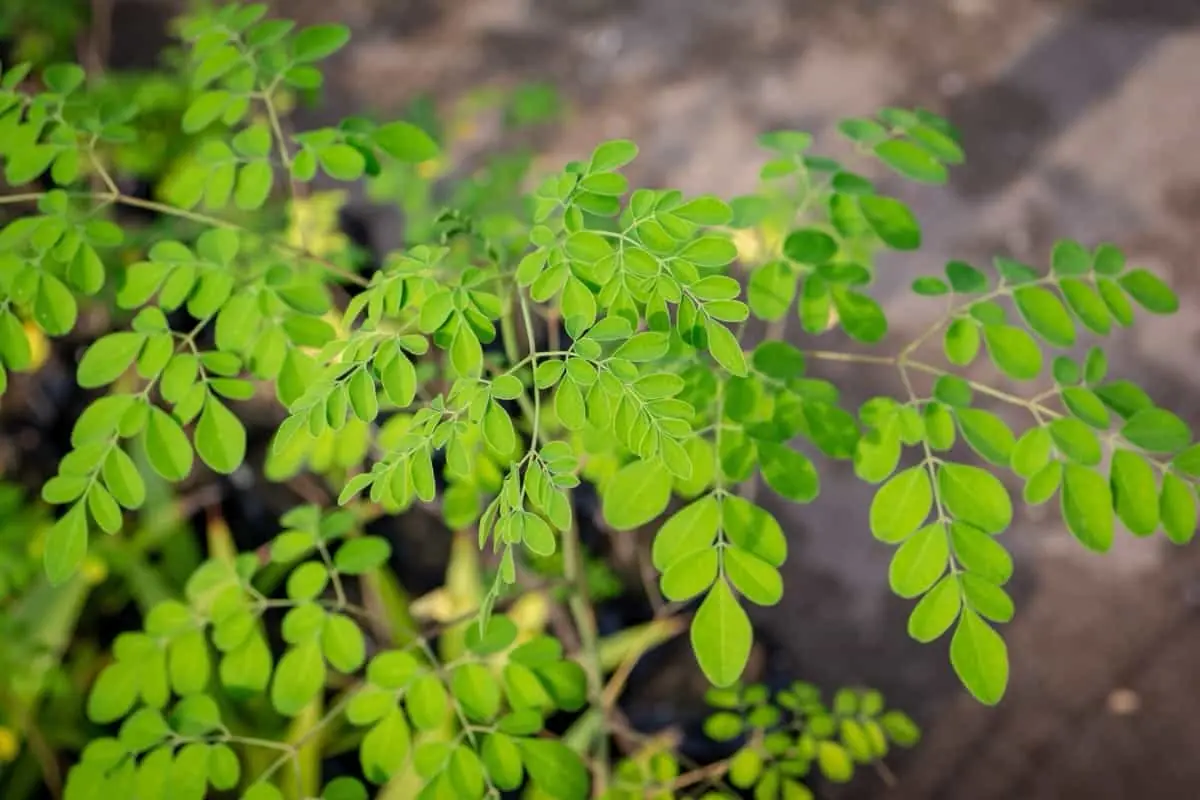
Why Asians Are Rushing to Grow This “Miracle Tree”: Heals Like Medicine, Sells Like Gold

How to Grow and Care for Dieffenbachia
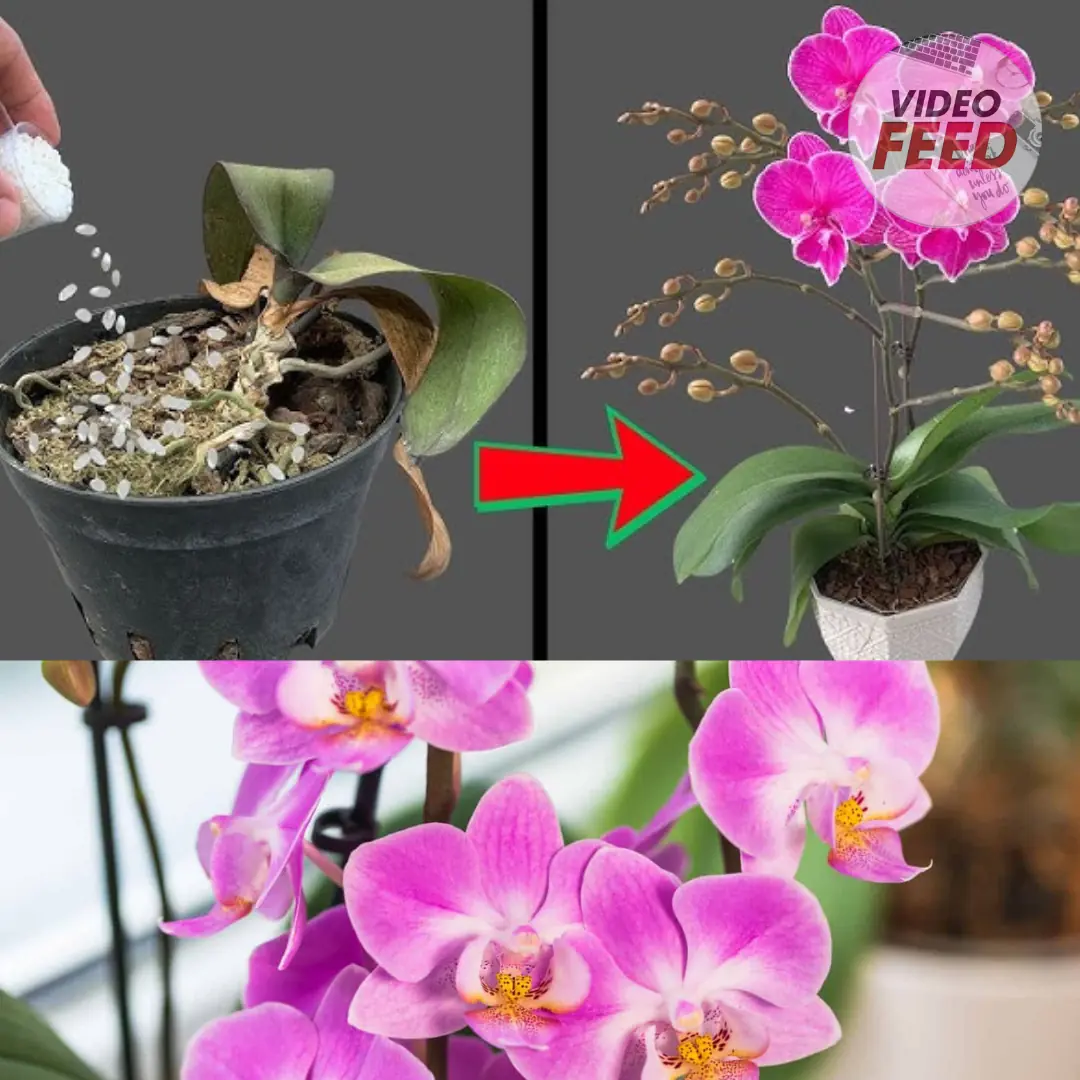
How to Grow and Care for Phalaenopsis Orchids Indoors
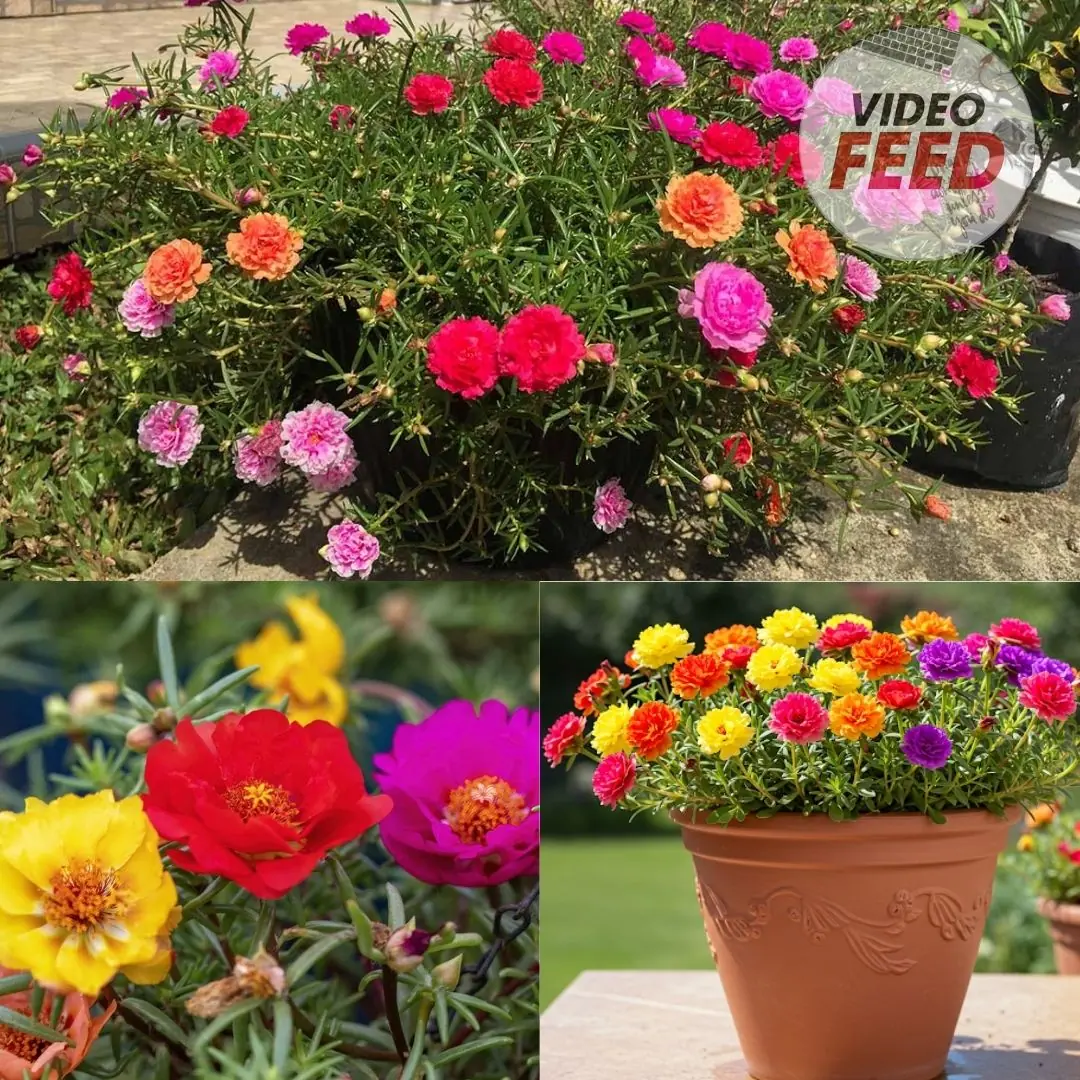
Portulaca in Pots: The Complete Guide to Growing Colorful & Drought-Tolerant Flowers Outdoors
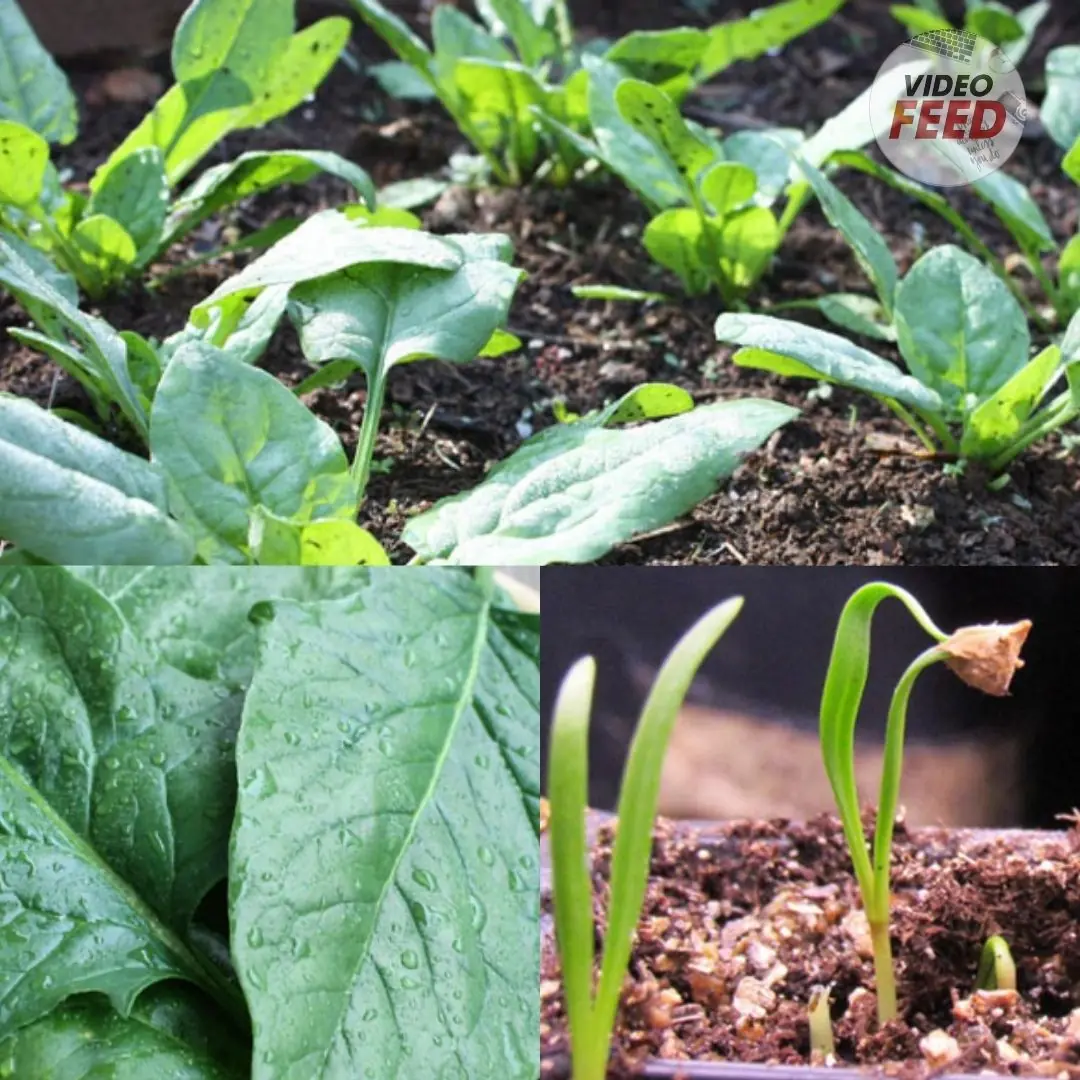
10 Tips for Growing Superb Spring Spinach
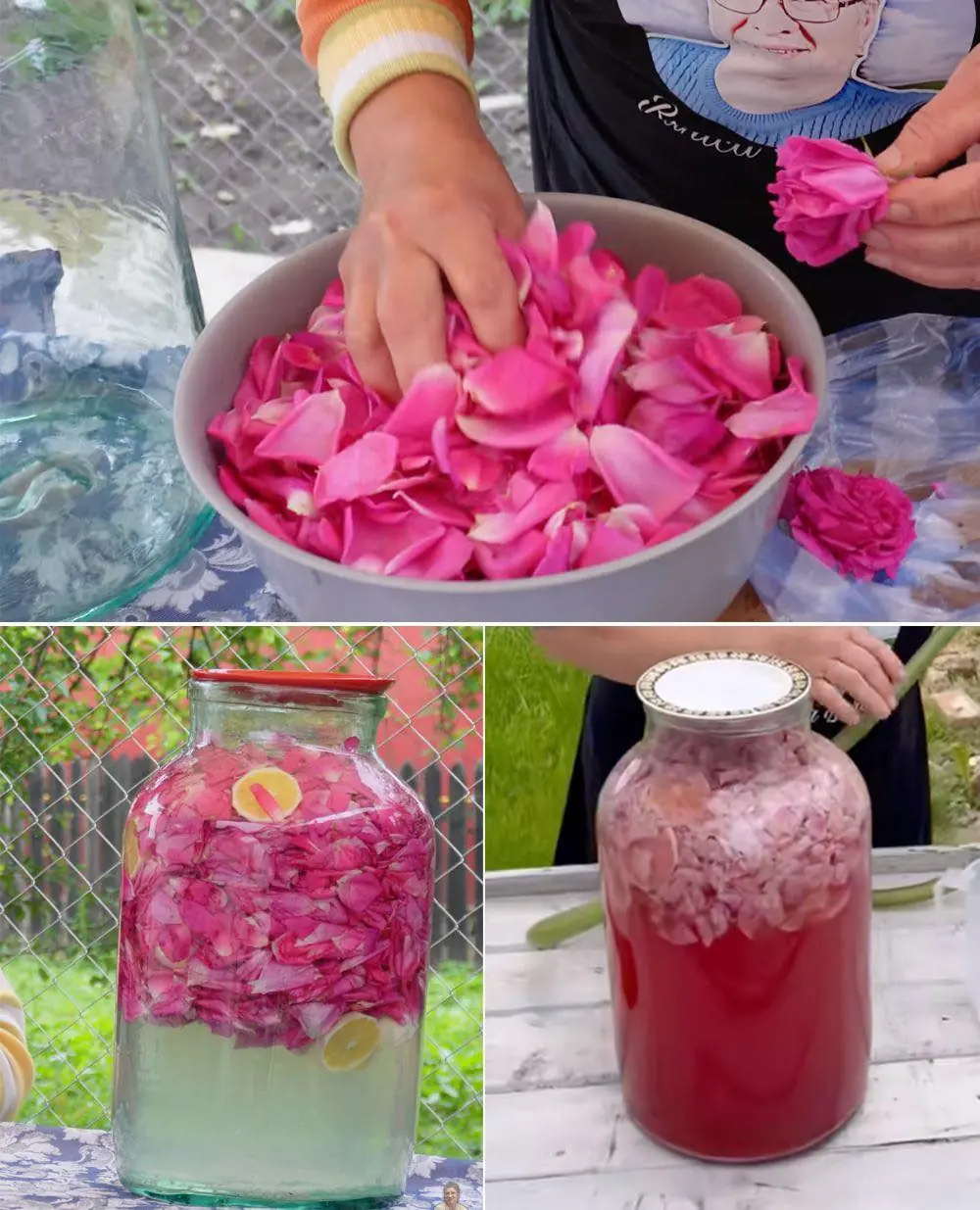
How to Make Rose Petal Lemonade – A Refreshing Homemade Drink
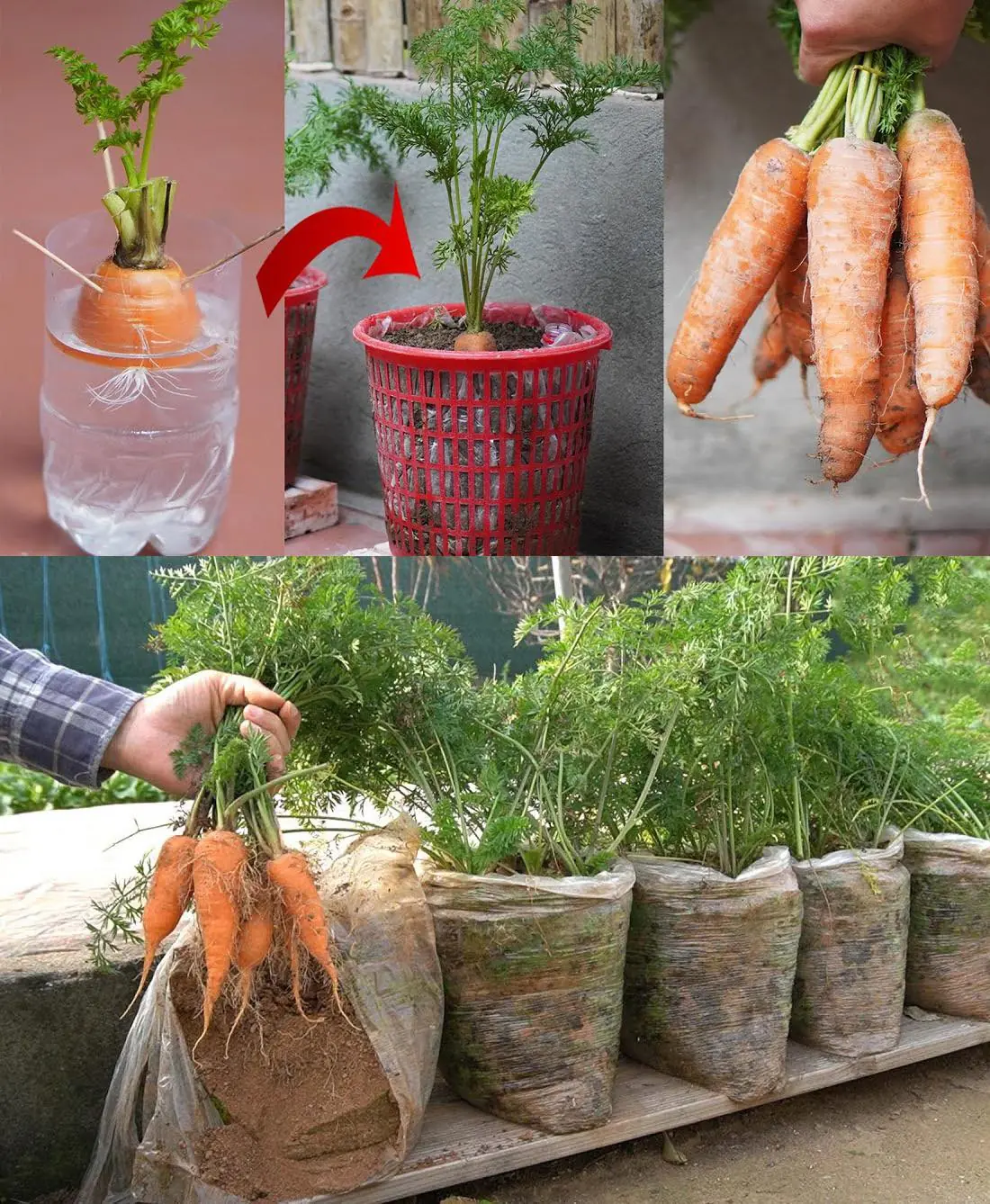
How to Grow Carrots at Home in Containers Starting with a Single Carrot
News Post

Always Throw a Water Bottle Under the Hotel Bed: A Flight Attendant Reveals Why

Drinking These 4 Common Beverages Could Be Harming Your Kid.neys
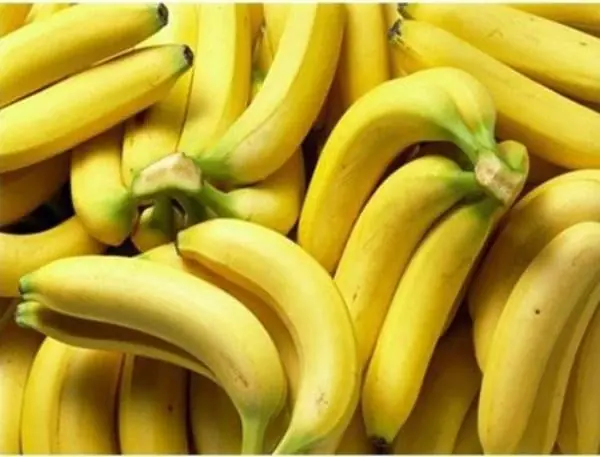
What a Daily Banana Could Mean for Your Blo.od Pressure?

When a Family Member Passes Away, Don’t Throw Away These 4 Important Things

Waking Up at Night to Urinate? Read This

A 14-Year-Old Girl Diagnosed with Colorectal Can.cer: Doctors Warn—It’s Better for Children to Skip Breakfast Than Eat These 4 Types

Every woman likes to be touched in these "3 places" on her body, especially the first place
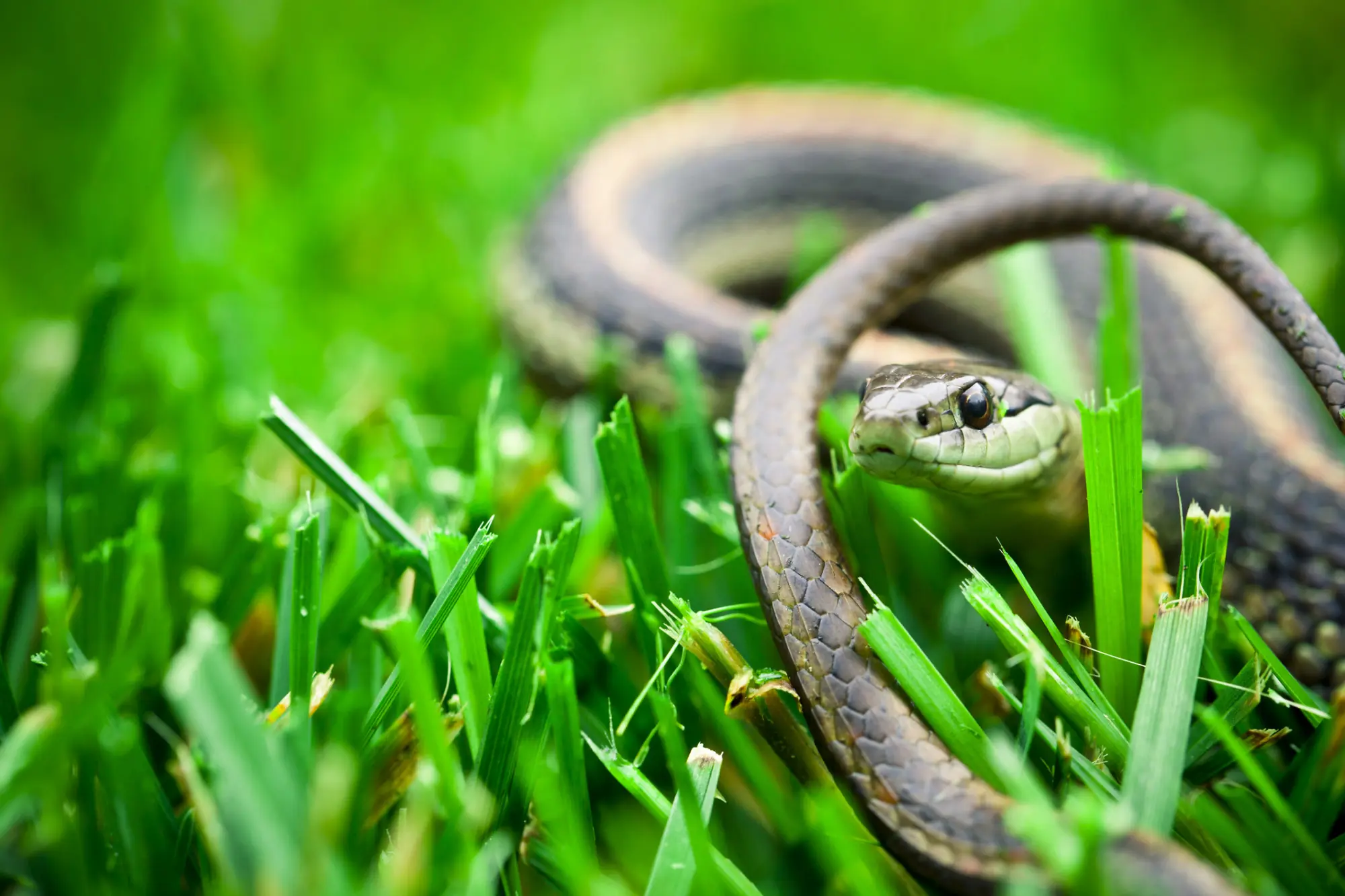
Plants That May Attract Snakes to Your Home: What You Should Know
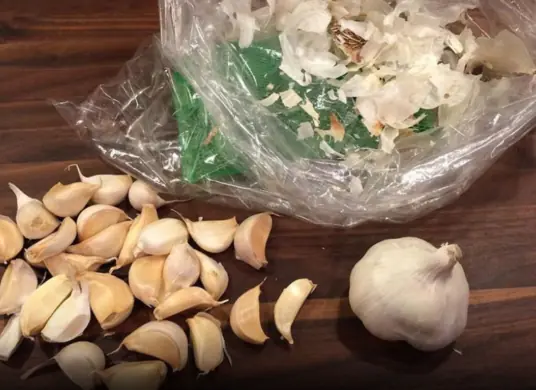
Garlic peels are not trash, don't rush to throw them away

Say Goodbye to Joint and Foot Pain with a Relaxing Rosemary Bath

If You See A Man With One Painted Fingernail, Here’s What It Means

Dog ticks bit 3 people in a family, 2 died: If you can't keep them clean, don't keep them, they're full of diseases

Don’t Ignore These 7 Early Heart Attack Warning Signs
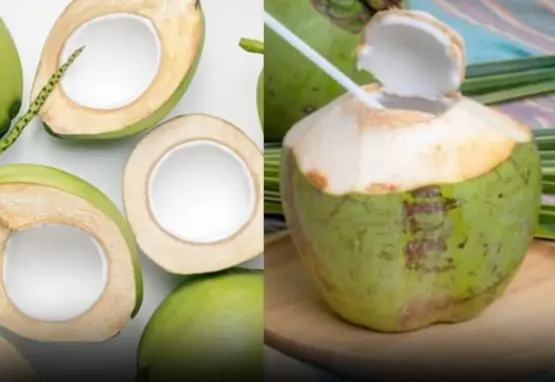
Drink coconut water on an empty stomach for 7 days, kill 10 birds with one stone: it's a waste not to try it

8 Natural Remedies for Sinus Infections That Work Without Antibiotics

This One Superfood Could Tackle Major Health Issues—Here’s What You Need To Know

If You’re Farting More Than 25 Times a Day—It Might Be a Sign Your Body is Trying to Warn You

Preventing Stroke At Any Age: 3 “Don’ts” After Meals—And 4 “Don’ts” Before Bed

Why You Might See Unusual White Bumps On Your Lips Or Genitals

